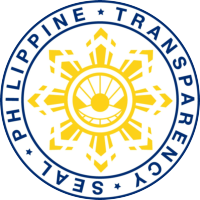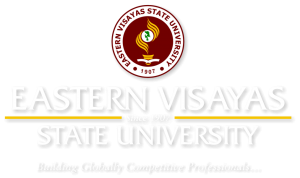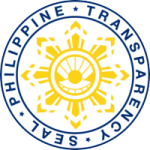Proponent(s)
Abstract
A very distinct field of mathematics is numerical methods and analysis, definitely separate from what you have learned in your previous classes. It's not harder, but the material's distinctness makes it feel harder. We think about questions different from those of other levels of mathematics. Usually, you are asked to calculate the derivative or antiderivative of a given function in a calculus course, or to solve any equation for a certain unknown. The task is clearly defined, with a very concrete notion of "the right answer." The mission, with a very particular definition of "the right answer," is well specified. We are dealing with computing approximations here, and this requires a kind of reasoning that is somewhat unusual. To build a rational estimate, we have to grasp what we are approximating well enough, and we have to be able to think objectively and objectively enough to evaluate the precision and efficiency of that estimate. This course content has been described by one former student as "rigorously imprecise" or "approximately correct." Both are reasonable definitions. Here, rote memorization of procedures is not useful; it is important that the subject understand the underlying principles in this course. In essence, computational mathematics is also experimental. By actually trying things out and seeing how the equation goes, a lot can be learned.
This Learning Guide in Numerical Method and Analysis aimed to provide the 3rd year students in Bachelor of Science in Electrical Engineering with instructional material for them to continue their learnings or studying despite of what we are facing right now such tragic even in human history the COVID-19 Pandemic. I hope they will maximize the use of this learning Guide in Numerical Method and Analysis.





